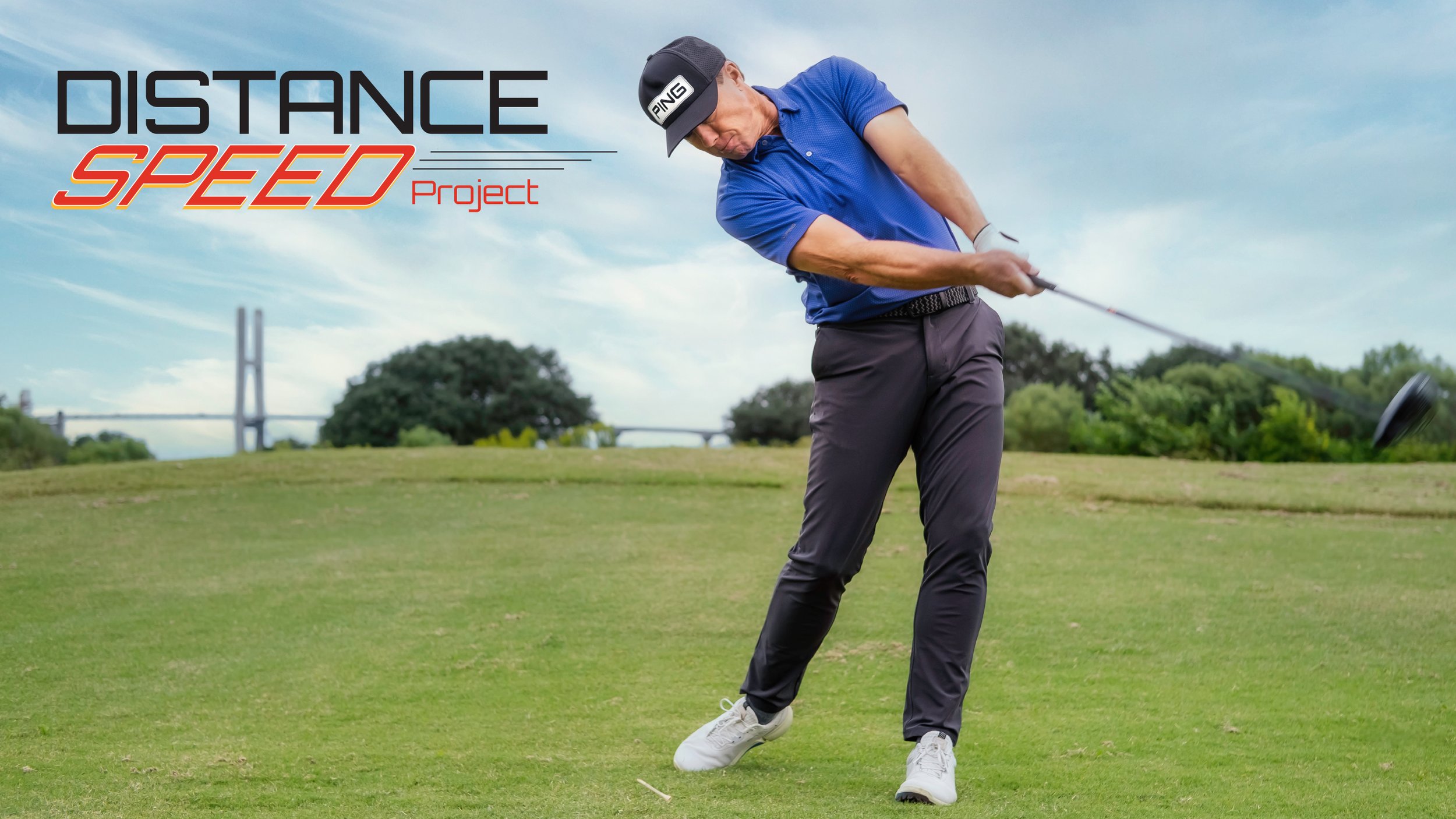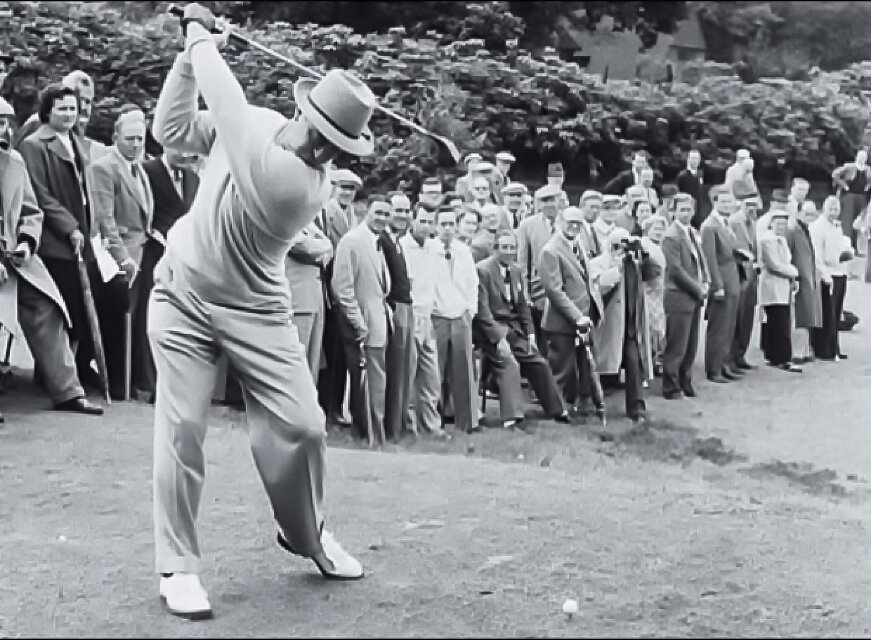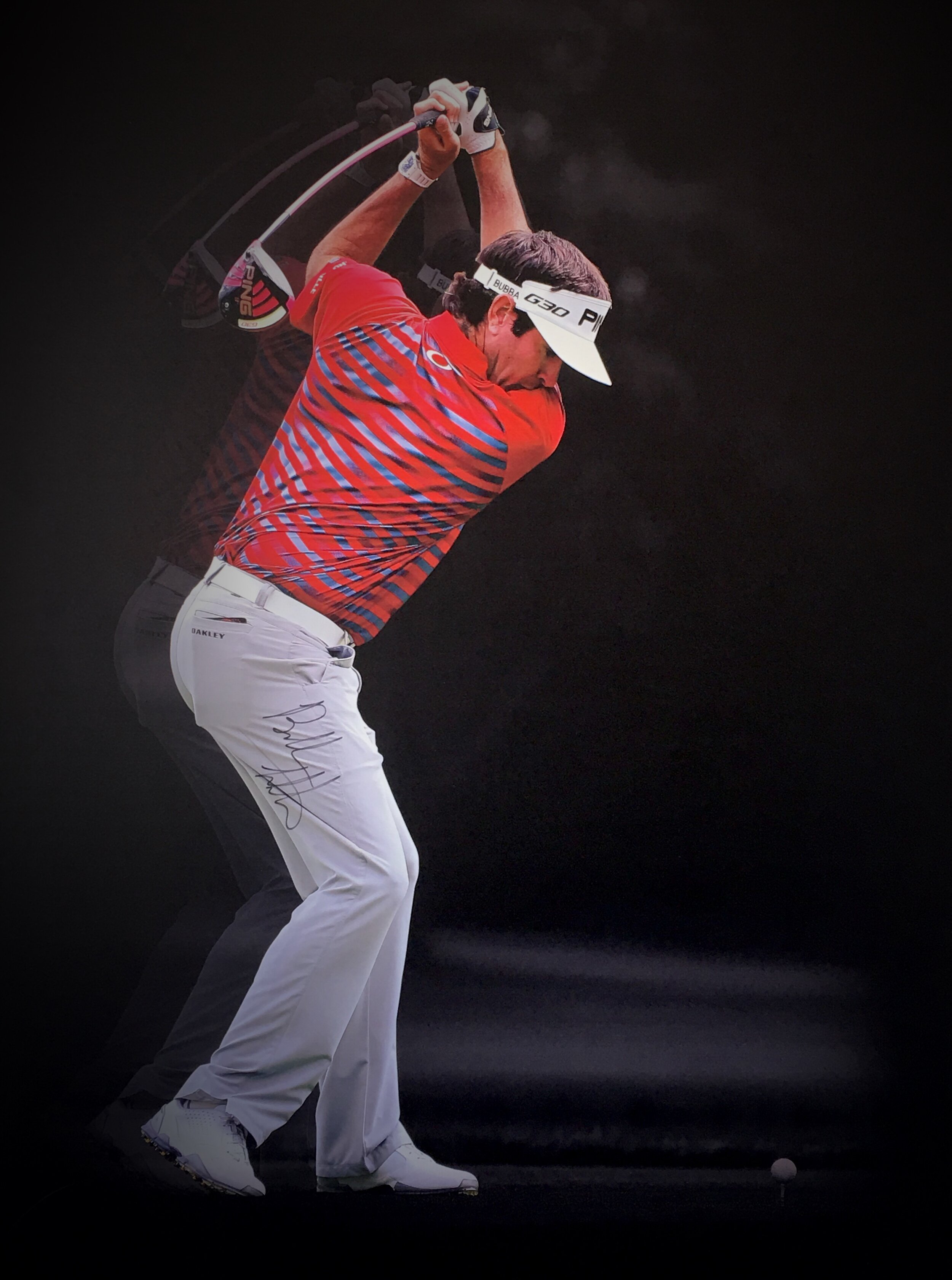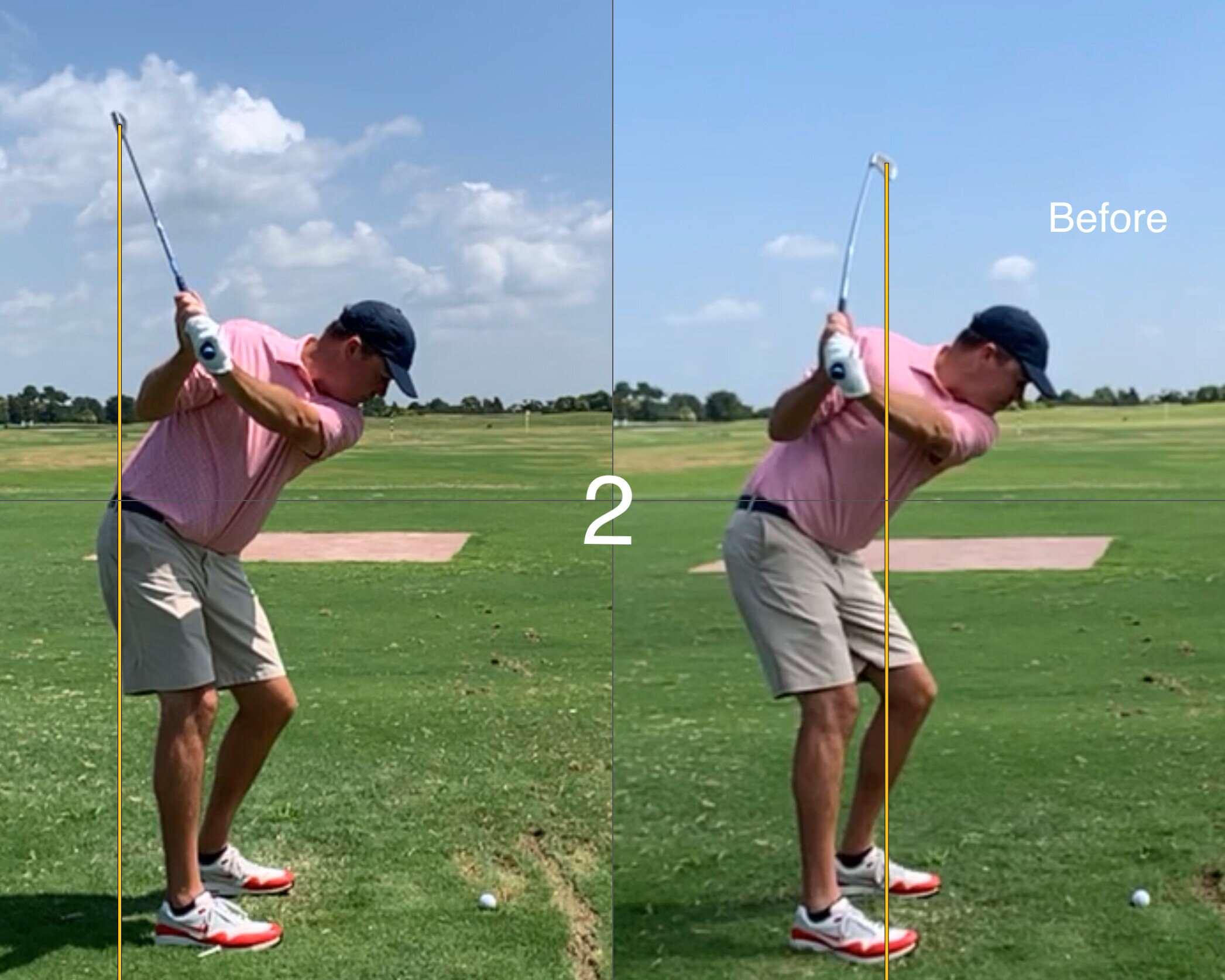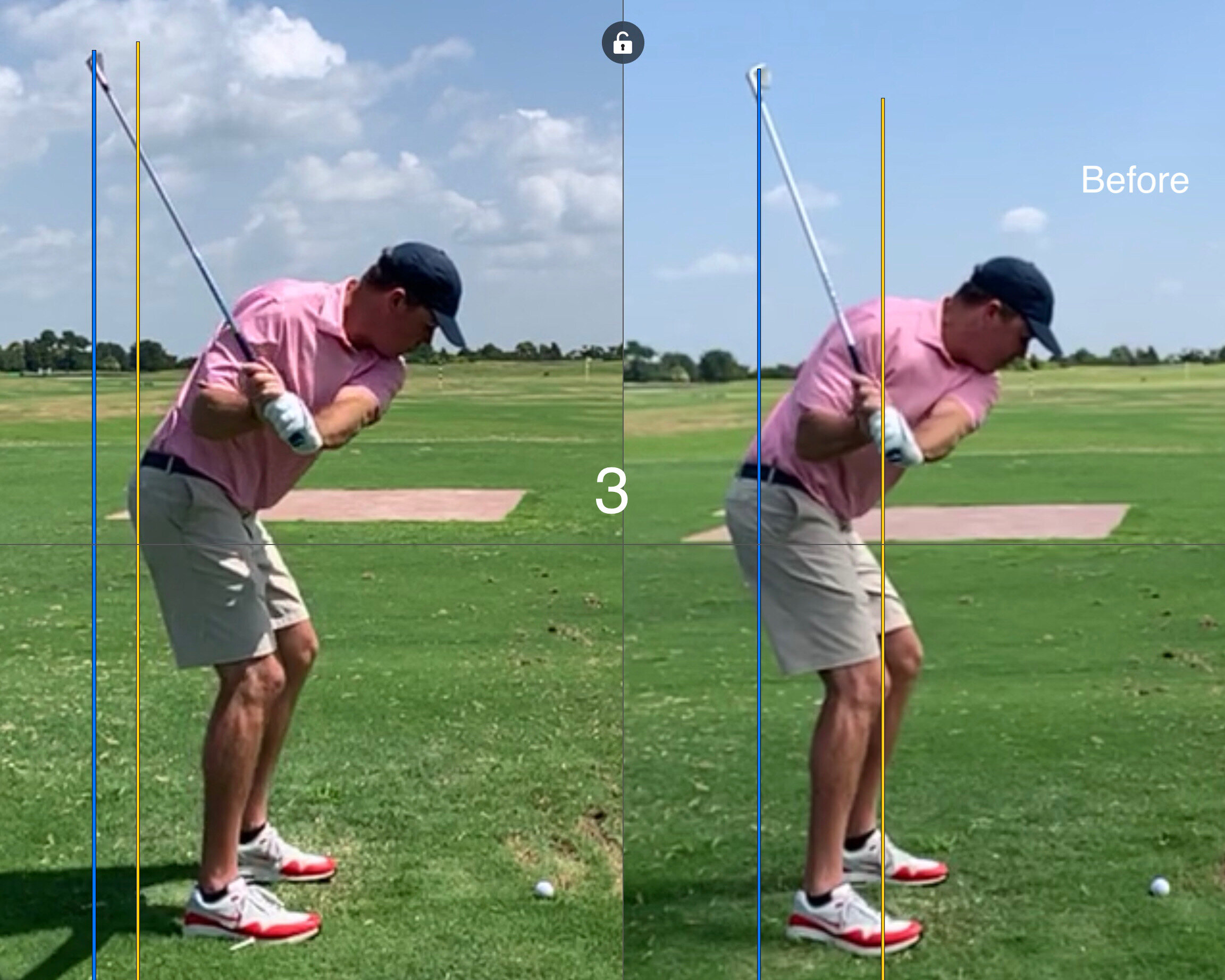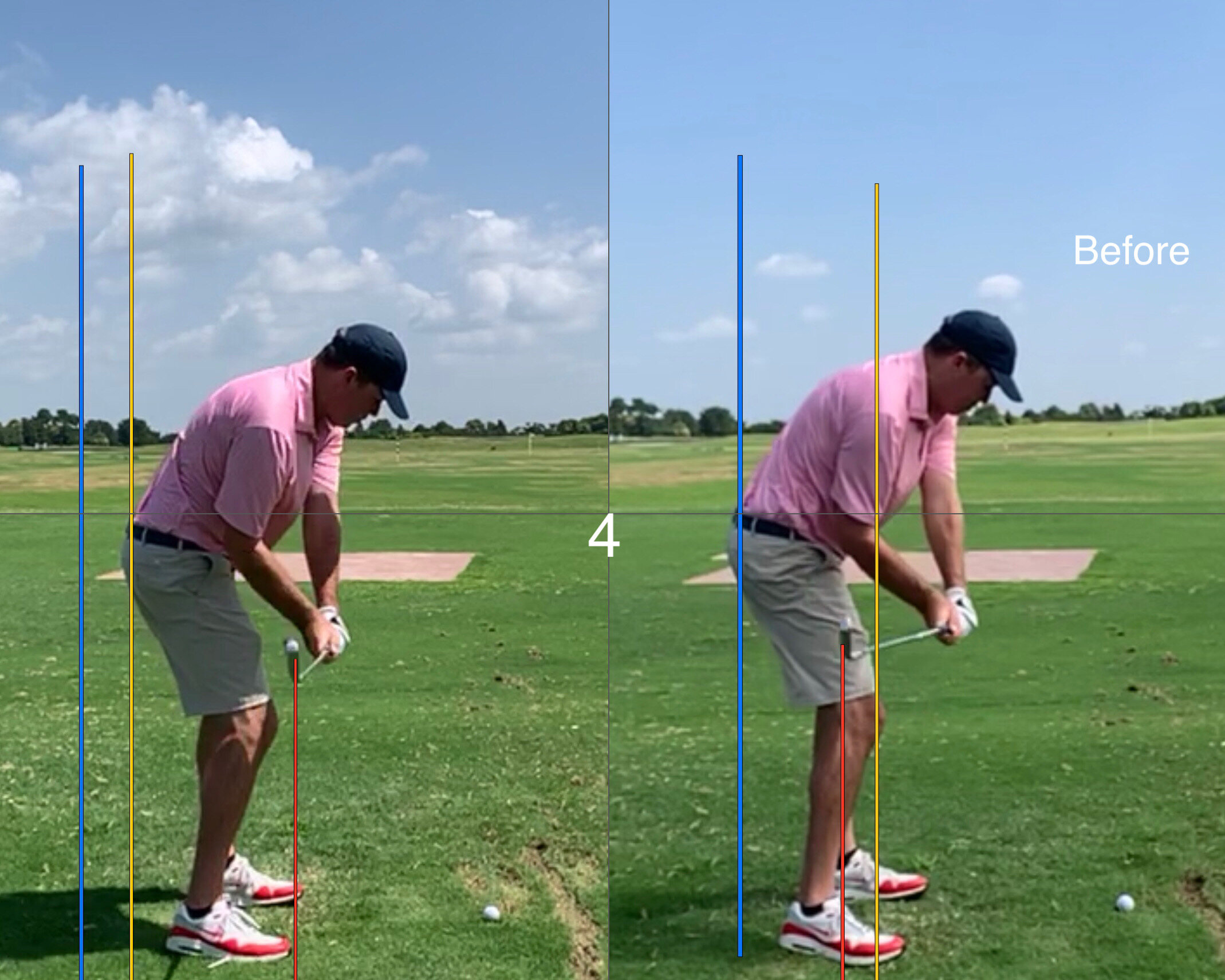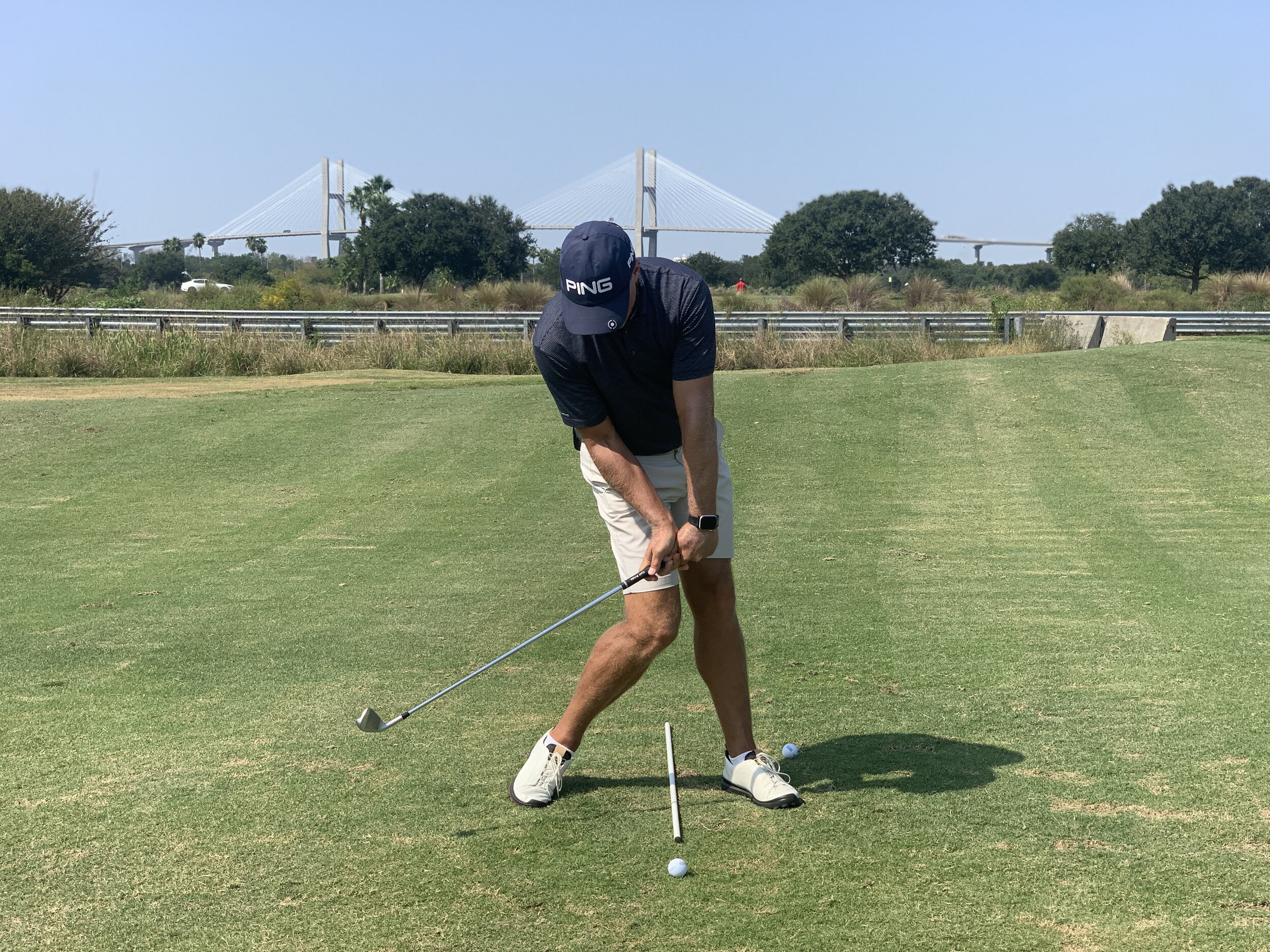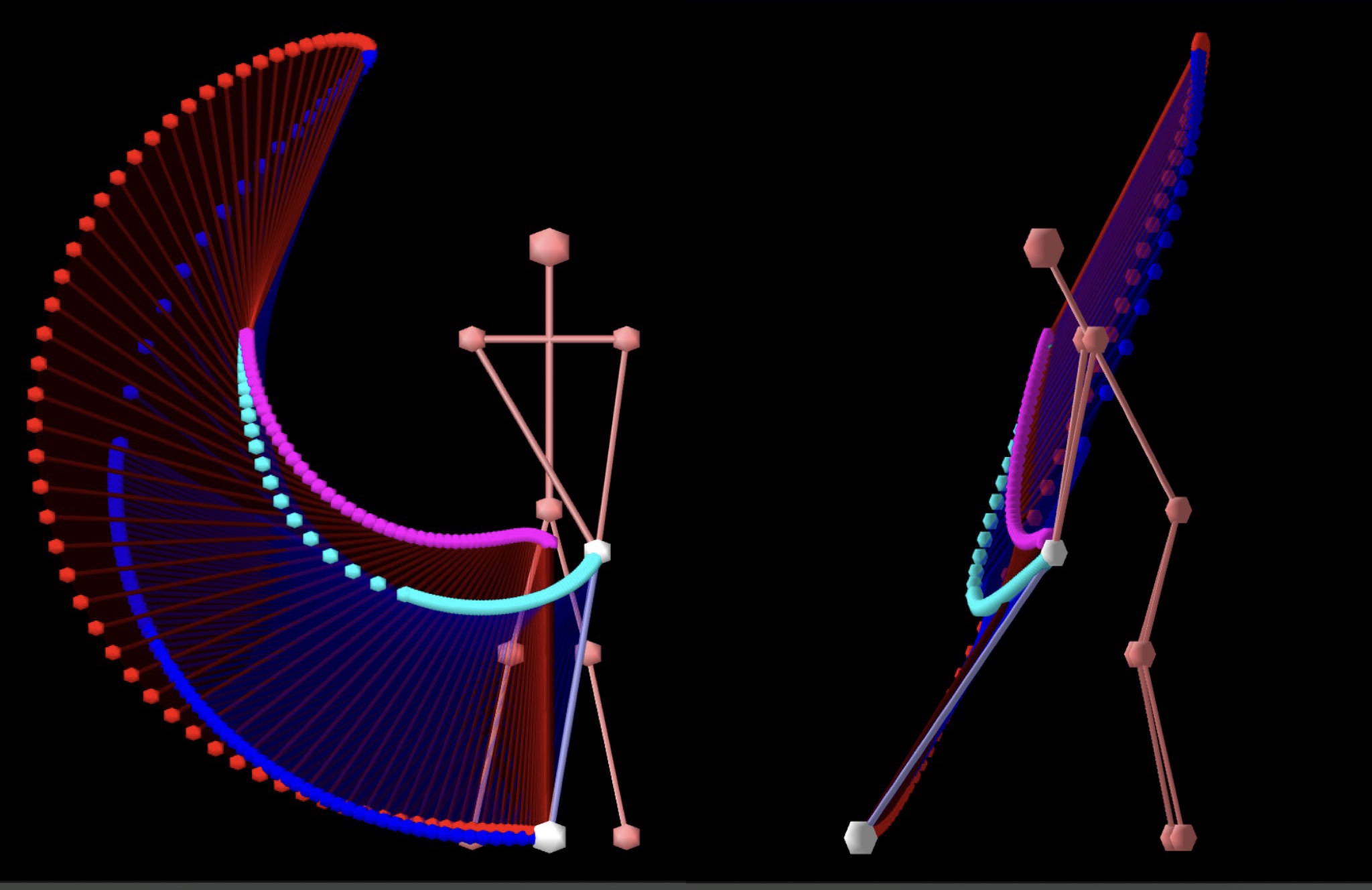How to Get Off the Back Foot
/I know there are many golfers out there who struggle with staying on their back foot for too long. If you feel you have a hard time getting onto the front foot in the downswing then give this video a watch…
If the club face is overly open throughout the swing we will often have a tendency to hang back as this aids in closing the face late in the downswing. Shifting onto the front side will actually SLOW the closing of the face and an open face in the downswing needs that process sped up. That’s why the first objective for any golfer that hangs back should be to strengthen the face in the downswing.
Once you have a stronger club face on the way down you should take the Scottie Scheffler Shuffle Challenge. Work to get your pelvis driving forward enough to drag that trail foot at some point in the downswing. Have some fun with this one and if you happen to hit a few shanks as you work to do this – the club face is still too open. Give it a go.





